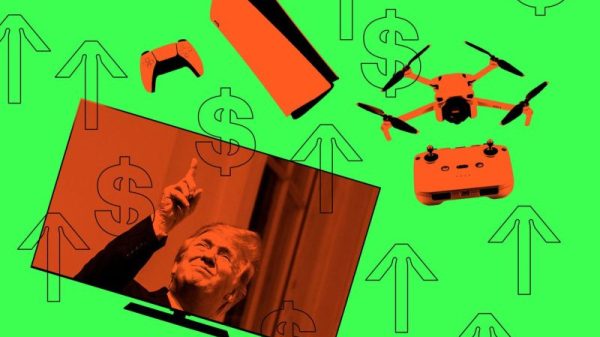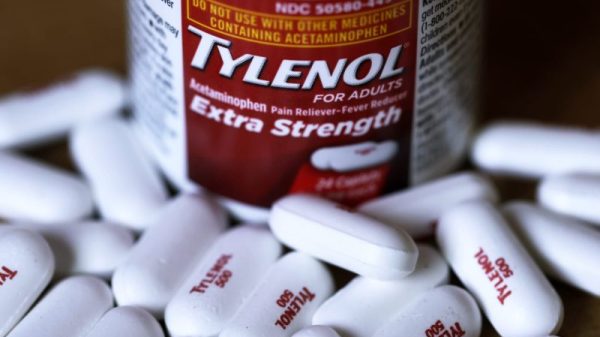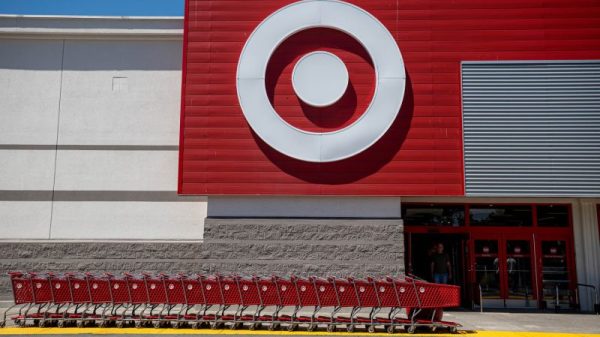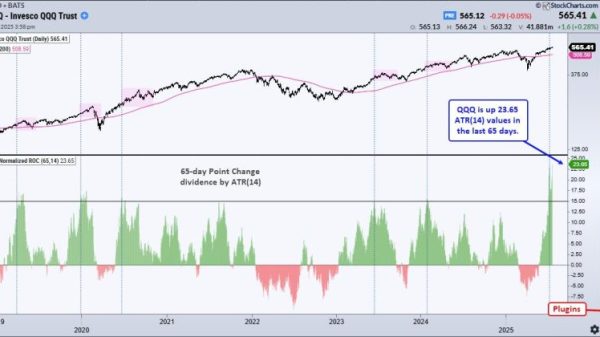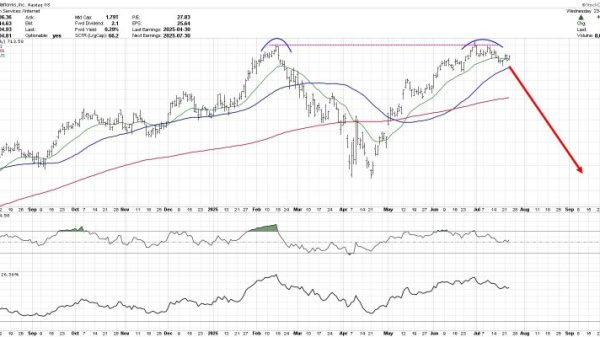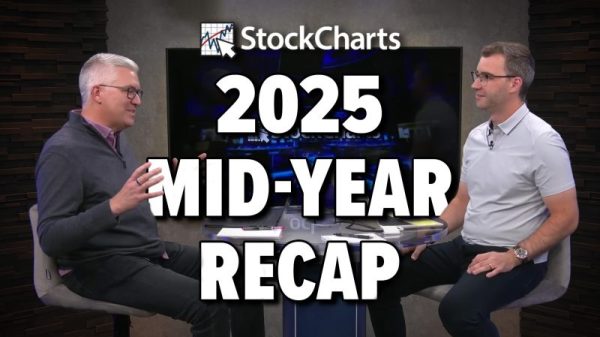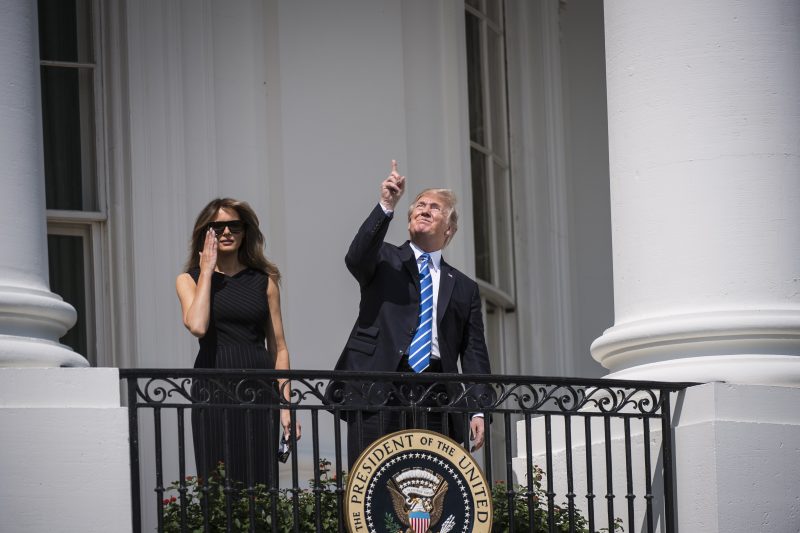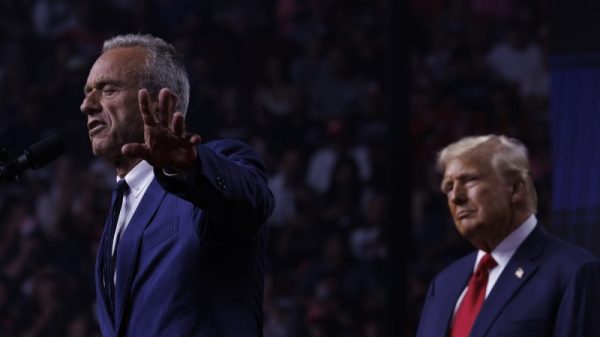Donald Trump’s political history is easy to summarize. Polls leading up to the 2016 and 2020 general election underestimated his support. In 2016, that was largely because his support increased sharply in the final week of the contest. In 2020, the polls were simply further from the mark.
In both elections, though, he got similar levels of support: 46 percent of the vote in 2016 and 47 percent in 2020. The first time around, the Democrat — Hillary Clinton — got only 48 percent, thanks to third-party candidates. That was enough to squeeze Trump into the White House. In 2020, though, very little of the other 53 percent of the vote went to anyone but Joe Biden. Hence: President Biden.
This pattern actually extends a bit beyond those two general elections, in fact. Trump has the remarkable distinction of being elected president in 2016 after getting less than 50 percent of his party’s primary votes and less than 50 percent of the vote in the general election. He fared far better with his party’s voters in 2020 and 2024, but Trump has otherwise been, rather ironically, a president of the minority.
That seemed as though it was likely to change this year. Trump’s support in national polling has almost never been at or above 50 percent, with only 2 percent of polls catalogued by RealClearPolitics in 2016 and only 1 percent in 2020 indicating majority support for the Republican candidate. In 2024, though, Trump was pulling in 50 percent or more of support in 1 in 5 polls — at least until Biden opted not to run for reelection. A few polls showed him lingering over 50 percent once his opponent became Vice President Kamala Harris, but now he’s back where he was late in the previous two presidential elections.
Of course, as noted at the outset, Trump’s position in the polls understated his actual support in 2016 and 2020. If we average all of the poll results in the RealClearPolitics data — not accounting for poll reliability — you can see the patterns. The steady improvement in 2016. The miss in 2020. And Trump in polling over the past few weeks coming in at about that same 47 percent mark.
The state of the race now? In RealClearPolitics’ average, Trump is at — 47 percent, down from 48 when Biden dropped out. Trump trails Harris by about 3 points in Nate Silver’s (weighted) polling average, getting about 44 percent of the vote. In 538’s (weighted and more selective) average, he trails by about the same amount, with an average of 43 percent of the vote. In The Washington Post’s (far more selective) average, Harris has a smaller lead.
Harris’s nomination is still new and her support is buoyed in part by the enthusiasm surge among Democrats. That surge, in fact, helps explain why she’s doing better against Trump than was Biden: Democrats who were flirting with a third-party candidate have increasingly come home and they are also presumably more likely now to want to participate in polling in the first place. That enthusiasm edge will probably last for a while, given that the Democratic National Convention is next week.
Regardless, swapping Biden for Harris clearly reshaped the race. But it isn’t necessarily that the race is now bounded by new parameters and expectations. Instead, it seems as if it is newly bounded by the old parameters; Trump’s unusual strength against Biden seems to have waned against Harris.
No wonder Trump is spending time wishcasting that Biden would retake the nomination at the convention. Running against Biden, Trump actually had a majority of voters backing his candidacy with some regularity. No longer.


